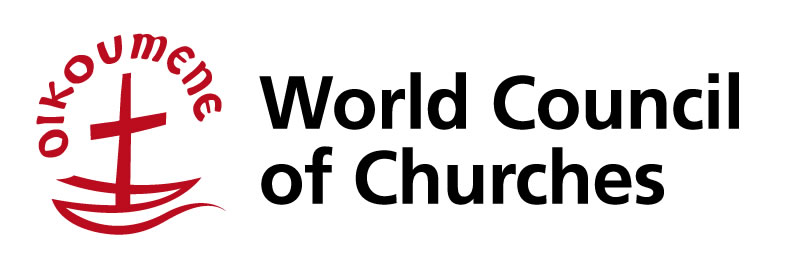WCC: Berlin Wall 30th anniversary commemorated as Germany tackles rising tensions
 Thirty years ago, on 9 November 1989, when the Berlin Wall fell, the Nicolaikirche in Leipzig had gained a reputation as a gathering point for events signalling the end of an era of communist rule in what was then East Germany.
Thirty years ago, on 9 November 1989, when the Berlin Wall fell, the Nicolaikirche in Leipzig had gained a reputation as a gathering point for events signalling the end of an era of communist rule in what was then East Germany.
The Leipzig city and parish church of St Nikolai had been the place where the “Monday demonstrations” took place in 1989, reaching a fever pitch before the Wall fell in a time of optimism at the end of the Cold War.
The western Federal Republic of Germany and the eastern German Democratic Republic, separated since after the end of the Second World War, reunified in 1990, but strains over the course of the nation exist today, with the many in the less prosperous eastern part increasingly supporting a fiercely anti-immigrant party.
Back in 1989, in Leipzig the Monday demonstrations had begun as Friedensgebete (prayers for peace), helping and comforting opponents of the East German regime and its Stasi secret police. East Germany had 17 million people and the state security apparatus had almost 100,000 official full-time employees and twice as many unofficial or informal informers, working for the secret police.
The prayers in the Nikolaikirche led to a protest movement with calls for letting-up on severe government restrictions on freedom of movement and the press.
Lutheran pastors
The security forces tried to intimidate Lutheran pastors Christoph Wonneberger and Christian Führer who had led the protests, but that did not halt them.
The Berlin Wall fell during the actions of a “movement of many people who demonstrated peacefully in the streets,” said World Council of Churches (WCC) general secretary Rev. Dr Olav Fykse Tveit. “Churches both can and should be the voice and the space for just peace, even when it takes time to see the results.”
A seven-day city-wide festival is taking place in Berlin this week to mark the historic occasion. From 4-10 November, the story of how the Wall came down, will roll out at sites across the city.
Seven open-air exhibitions will be set up at locations that played a role in the era of upheaval in 1989/1990, including at the Gethsemanekirche, Alexanderplatz, Schlossplatz, Brandenburg Gate, Kurfürstendamm, East Side Gallery and the former Stasi headquarters in Lichtenberg, The Local.de reported.
An exhibition around the Gethsemanekirche on Stargarder Straße in Prenzlauer Berg will show the building’s role in the revolution with text panels and images – as well as with interviews accessible via audio, in which former civil rights activists such as Evelyn Zupke, Ulrike Poppe, Frank Ebert, and the former pastor of the Gethsemanekirche Bernd Albani will speak.
Focal point of protests
In early October 1989, the Gethsemanekirche became a focal point of dissent in East Berlin with organized local opposition groups holding a vigil calling for the release of protesters who had been detained by the security forces.
Dr Stephen Brown, editor of The Ecumenical Review, the quarterly journal of the WCC, was the author of a book on the role of the role of the churches in the peaceful revolution in East Germany.
He wrote that the opening of the Berlin Wall was one of the most dramatic symbols of the global changes sweeping across the world in 1989.
“In Latin America, at the same time, the fall from power of General Augusto Pinochet in Chile represented the end of the military regimes that had held sway on the continent for thirty years,” he said.
And in South Africa steps were taken that would lead to the release of Nelson Mandela and the first non-racial democratic elections in 1994.
Return of Cold War
Yet, at the beginning of a week of festivities marking three decades since the fall of the Berlin Wall, events hint “of a return of the Cold War and the rise of nationalism is dampening the mood”, the AFP news agency reported.
Euphoric optimism for liberal democracy and freedom characterized the event 30 years ago “as Germany grapples with a surge in far-right support in its former communist states.”
German Chancellor Angela Merkel, the daughter of a Lutheran pastor was 35 when the Berlin Wall came down. In an interview with Der Spiegel magazine this week, she spoke of her dreams as a citizen of East Germany, the divide between Germany’s East and West and the rise of the populists during her tenure.
“German unification was shaped by both the East and the West, and Helmut Kohl’s political skill and the trust he enjoyed with the allies played a significant role. But the peaceful revolution and Nov. 9, 1989, was the work of the citizens of the GDR (German Democratic Republic). We are happy to share it, including the joy, but it was done by the citizens of the GDR with a huge amount of courage.”
